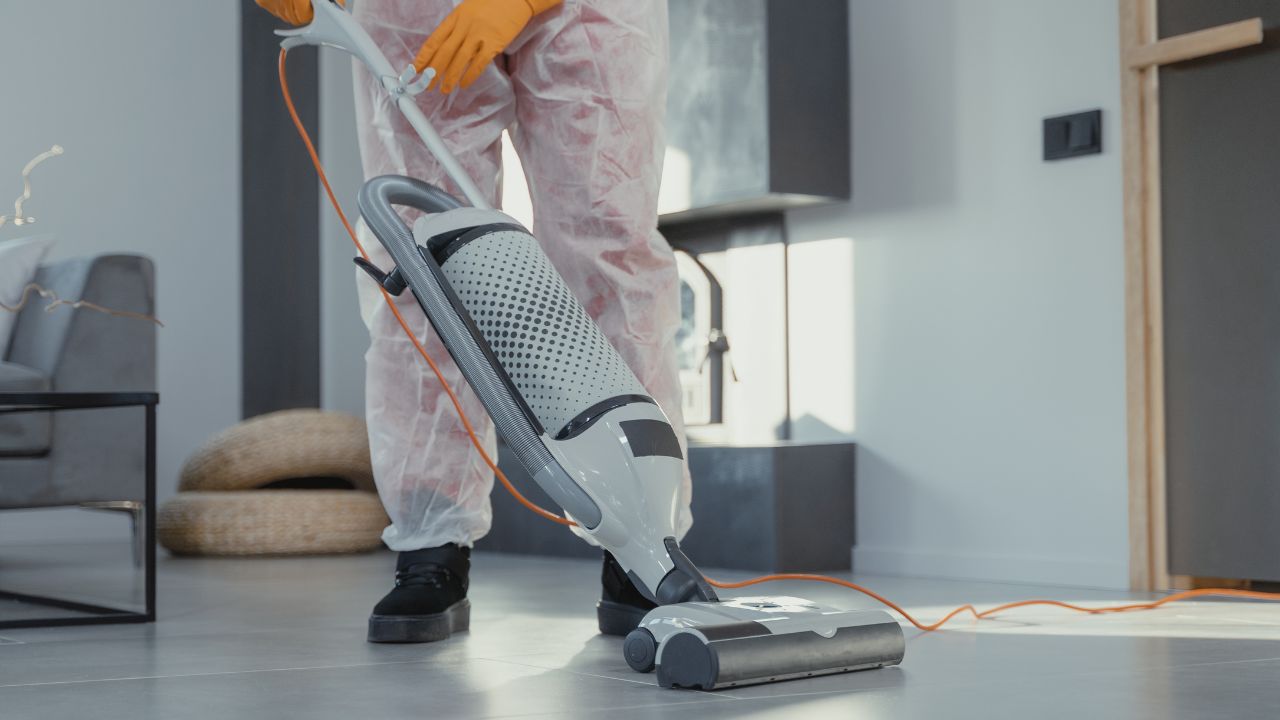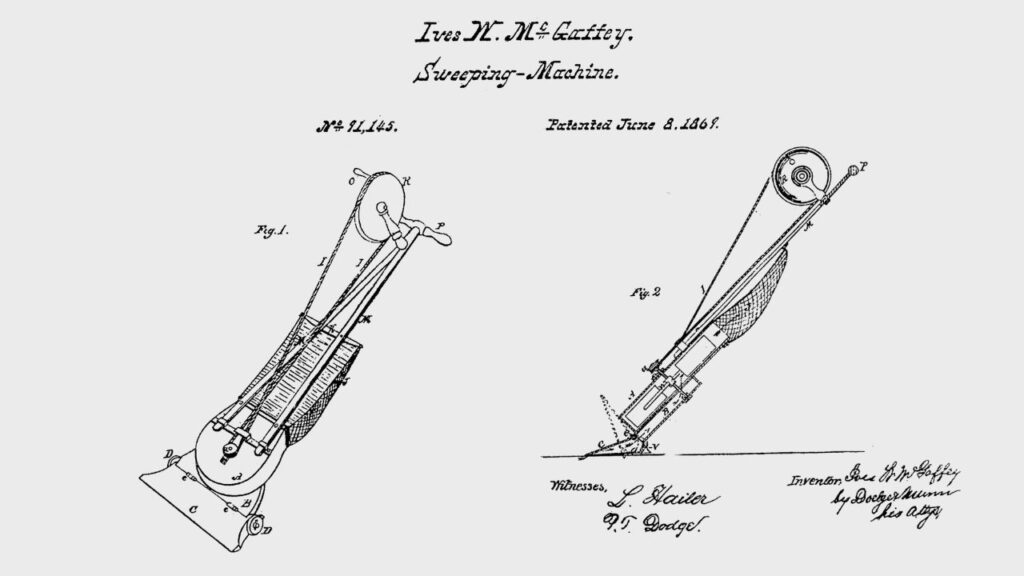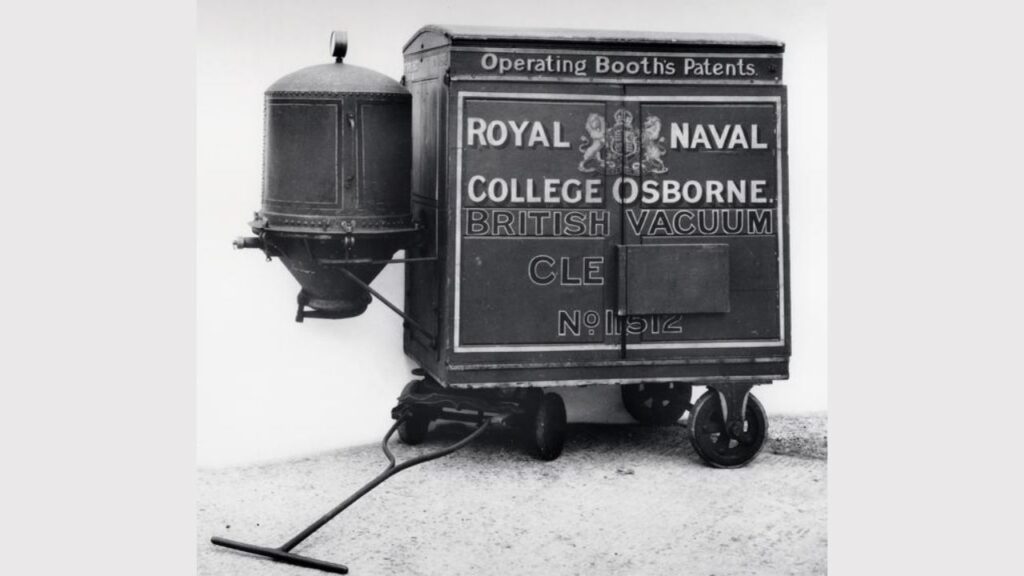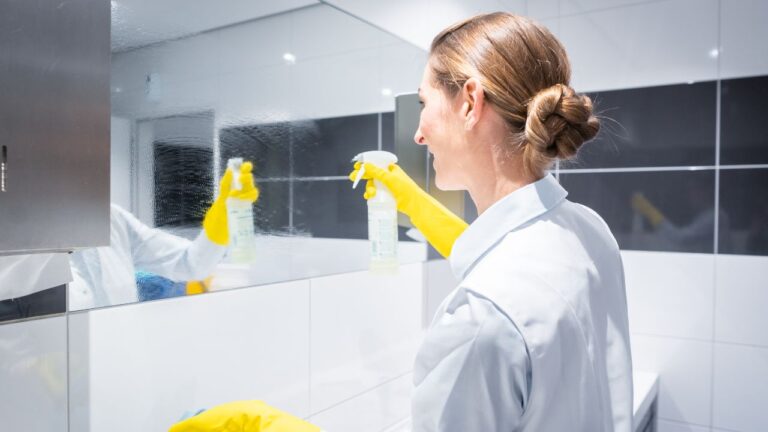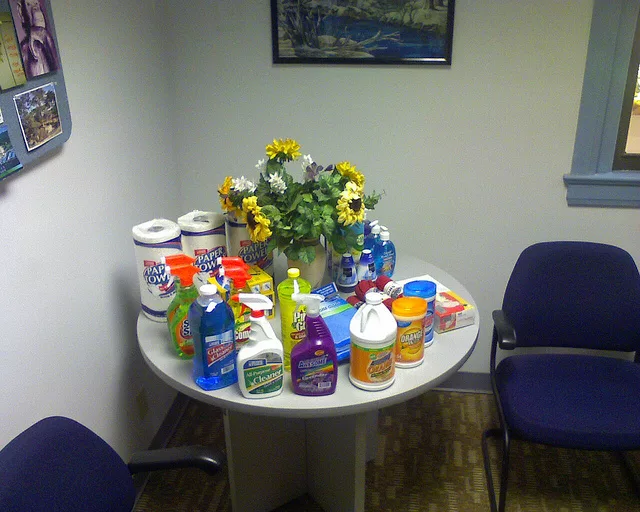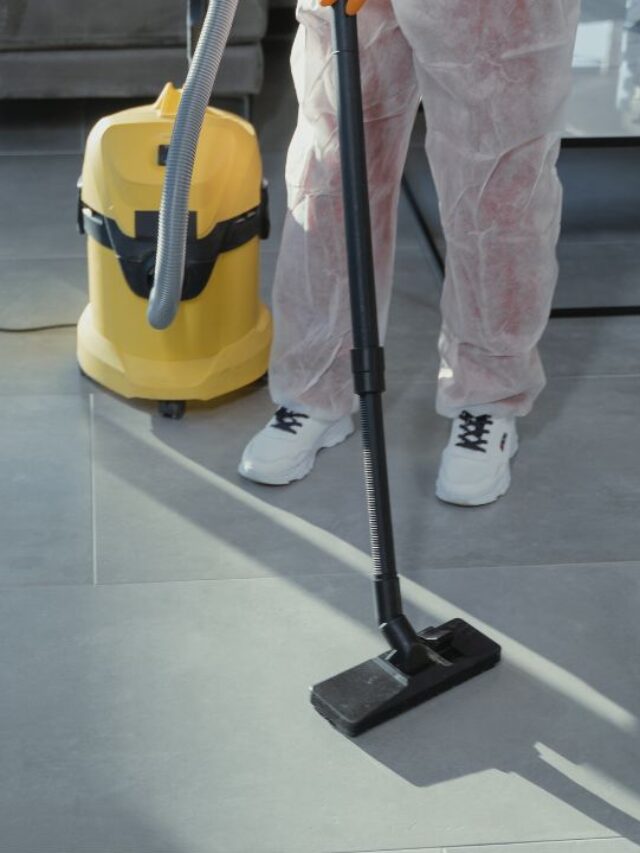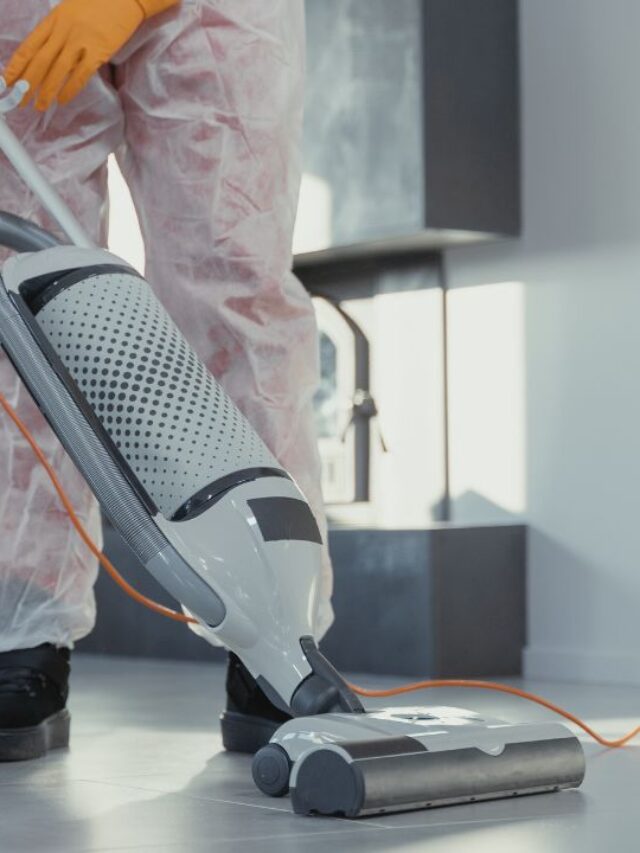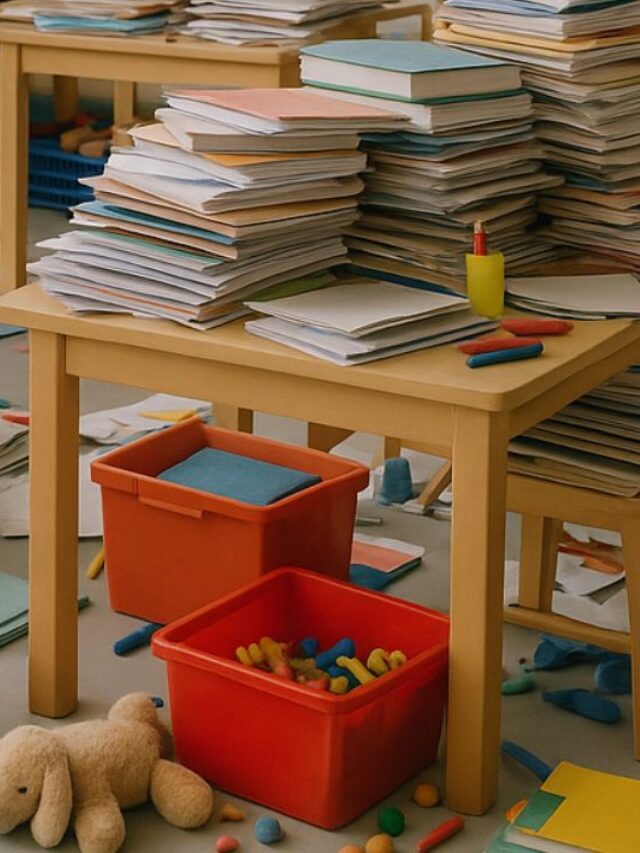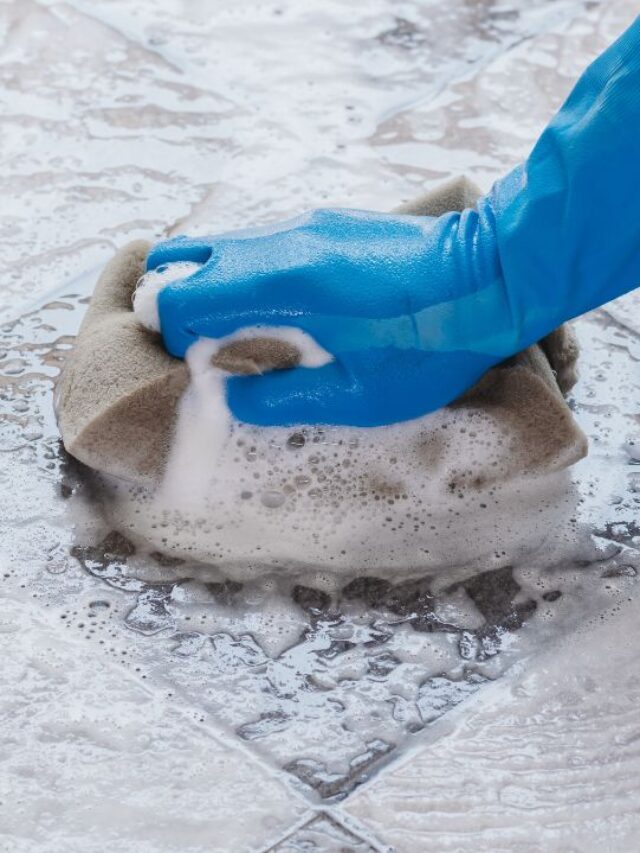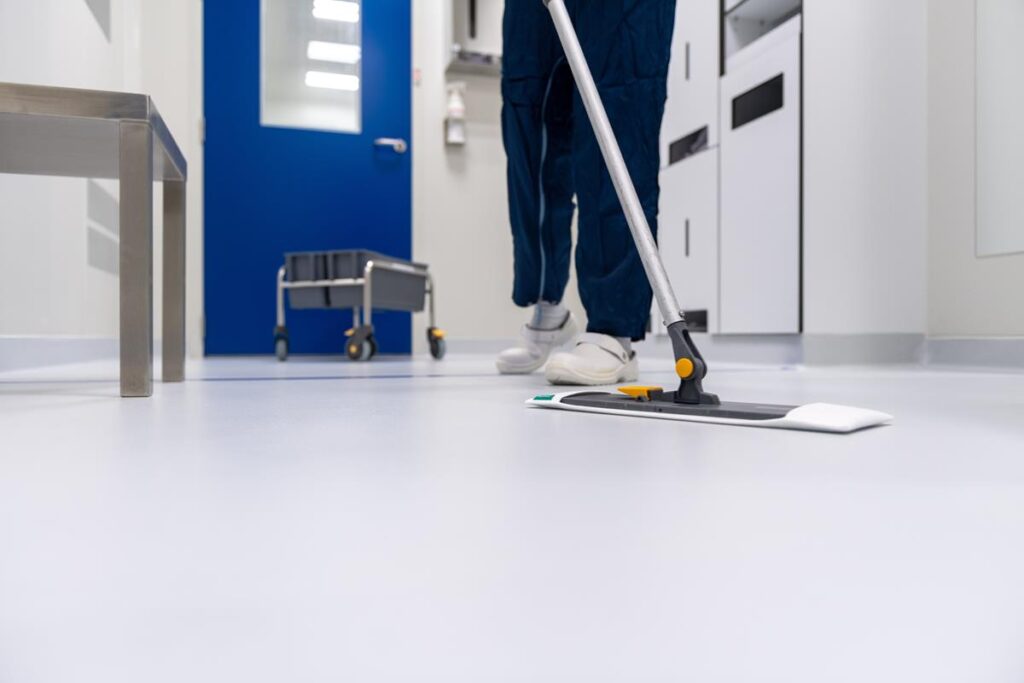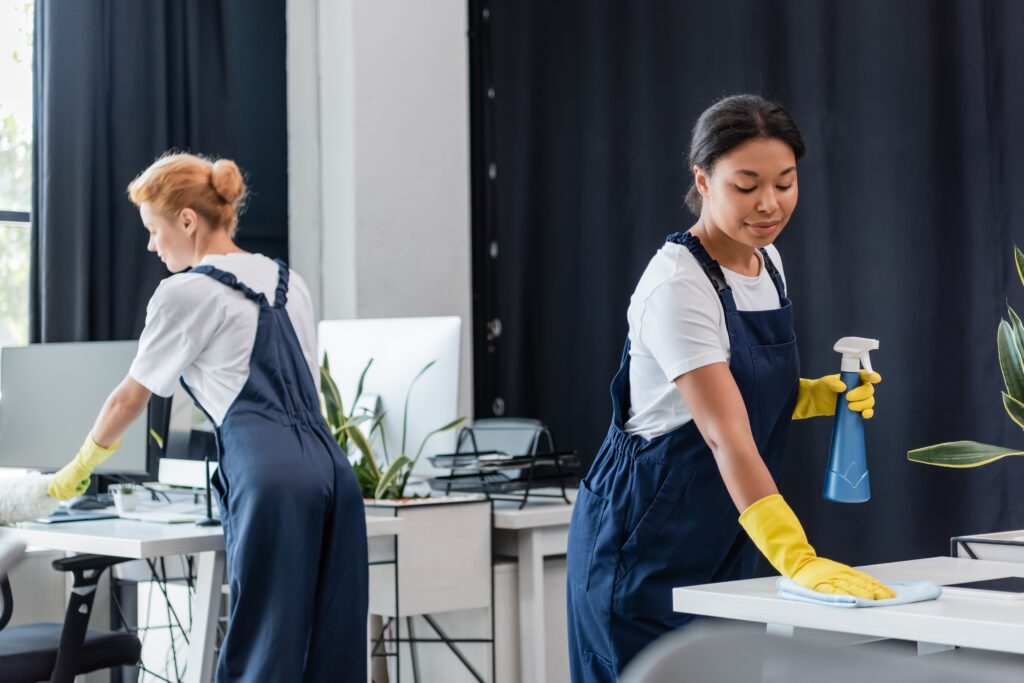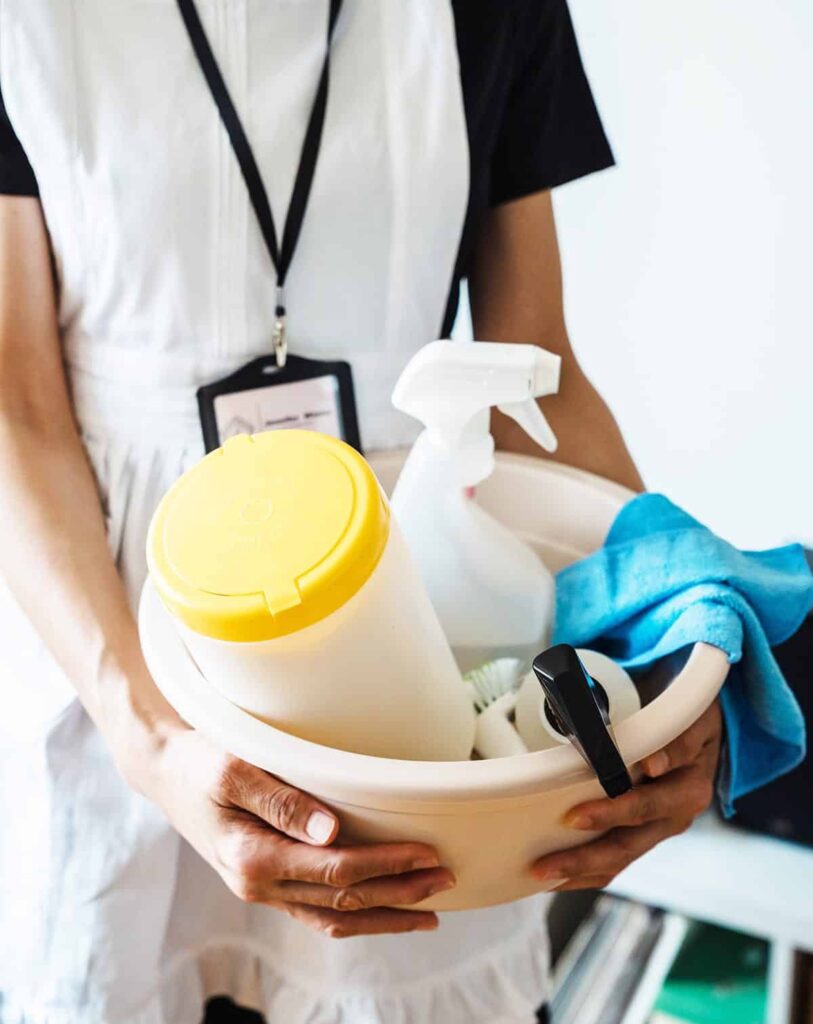History and Invention of the Vacuum Cleaner
The history of vacuum cleaner technology is more than a tale of mechanical innovation—it’s a story of how our approach to cleanliness in workspaces has evolved alongside technology. From bulky contraptions wheeled around city blocks to sleek electric units humming quietly in office hallways, the vacuum cleaner has become an essential part of modern janitorial services. For companies like ours, operating in New York’s demanding corporate environment, having the right vacuuming equipment is not just about keeping floors spotless—it’s about offering consistent, reliable, and high-quality service across industries.
Before Vacuums: A Time of Dust and Discomfort
Before vacuums entered the scene, keeping carpets and floors clean was a manual, grueling process. Businesses and homes alike had to physically remove rugs and beat out dust in the streets—a ritual that was far from hygienic and even further from efficient. This method left a lot of particles behind and often compromised indoor air quality. Imagine doing this in a corporate office or medical clinic today, it would be extremely inefficient. The inefficiency sparked the need for a solution that could offer both convenience and better results.
Early Concepts: From Bellows to Brushes
The 1800s marked the first formal efforts to mechanize floor cleaning. In 1860, Daniel Hess of Iowa designed a device that used bellows and spinning brushes to collect debris. While this tool laid foundational principles for suction-based cleaning, it was purely manual and hard to use. A few years later, Ives McGaffey introduced the “Whirlwind” in Chicago, which used a belt mechanism for slightly easier operation. But even with innovation, the devices were bulky and required serious muscle—hardly practical for large-scale office cleaning.
Keep Your Office Spotless with Our Free Office Cleaning Checklist!
Want to make sure you’re covering all the essential cleaning tasks? Our comprehensive guide covers all essential cleaning tasks, from daily tidying to deep cleaning tips. Make sure no spot is missed and create a healthier, more organized workspace today!
The First Real Progress: Mechanical Power Meets Cleaning
By 1876, Melville Bissell had developed a one-person-operated sweeper. Though it didn’t use electricity, it was one of the first devices to acknowledge ergonomics and practical design. Bissell’s model made cleaning more accessible, especially in settings like hotel lobbies and retail shops where presentation was key. Around this same time, John Thurman built a gas-powered cleaner in 1898. While its classification as a vacuum is debated, the idea of using energy to enhance cleaning power was officially in motion.
The Game Changer: Motorized Vacuums Hit the Scene
It wasn’t until 1901 that the vacuum cleaner leveled up for real. British engineer Hubert Cecil Booth created a motorized vacuum that used suction to remove debris. Though the device was horse-drawn and operated outside buildings with long hoses running inside, it introduced the concept of sealing to the floor to generate effective suction. This breakthrough became the backbone of modern vacuum design, showing the power of innovation in commercial cleaning.
Bringing It Indoors: When Vacuums Entered Offices and Workspaces
The early 1900s saw major progress toward portability. In 1905, Walter Griffiths created a vacuum designed for home use, but it still required foot-pumping. James Kirby’s 1906 model added a water filtration system to help trap debris, improving air quality, especially in enclosed environments like medical offices or financial institutions. Then came James Spangler in 1907, who brought electric power into the mix. His design automated the suction process, making it more convenient and less labor-intensive—perfect for office settings. He sold his patent to William Hoover in 1908, and from there, commercial availability took off.
Key Innovators Who Reshaped Cleaning History
William Hoover turned Spangler’s invention into a household—and workplace—name. By standardizing the design and investing in sales strategies like door-to-door demonstrations, Hoover made vacuum cleaners a necessary tool across American industries. Meanwhile, James Kirby continued refining his concept, securing over 60 patents and solidifying his place in the history of vacuum cleaner innovation. Their contributions laid the groundwork for every vacuum we use today in corporate and commercial spaces.
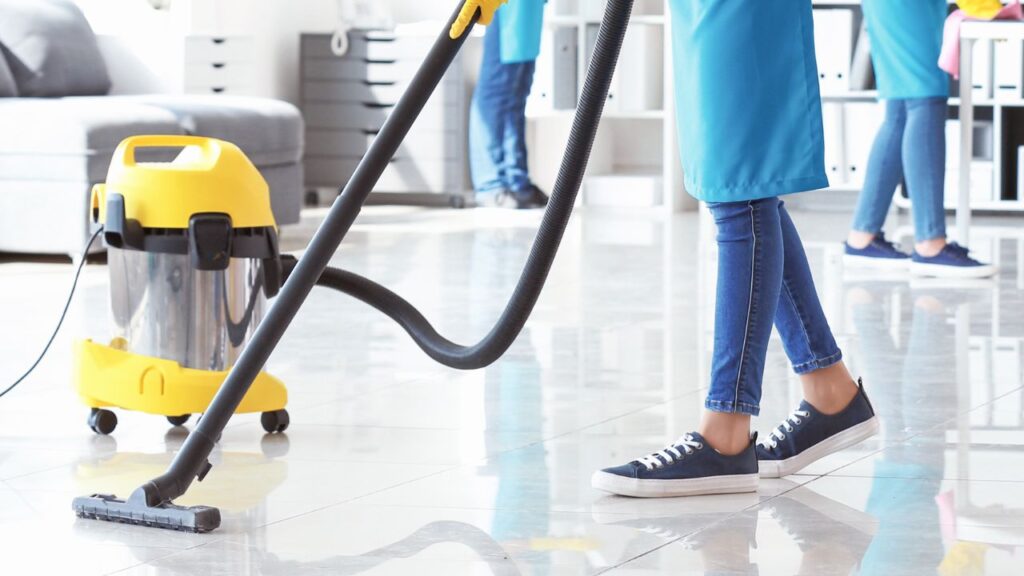
From Floor Monsters to Sleek Machines: The Rise of Portable Electric Vacuums
By the mid-20th century, vacuums became lighter, quieter, and more powerful. As businesses expanded in size and diversity—from banks to art galleries—so did their cleaning needs. Janitorial crews could now move easily between offices, fitness studios, and event centers with compact electric vacuums that delivered serious results without the noise or disruption. The portability of these machines enabled more frequent cleaning routines, ensuring that spaces remained sanitized and professional-looking even during high-traffic periods.
Innovation That Matters: Filters, Suction Systems, and Modern Performance
Modern vacuum cleaners go beyond just picking up dirt. Features like HEPA filtration systems became standard, especially in spaces like health clinics and shelters where air purity is critical. Self-adjusting suction and smart sensor technology now allow vacuums to clean different surfaces—carpet, tile, wood—without damaging floors or furnishings. Some even float slightly above the ground like the 2004 Airider, minimizing contact and maximizing glide. These advancements are more than flashy gimmicks—they represent practical tools that help businesses meet hygiene standards with precision and consistency.
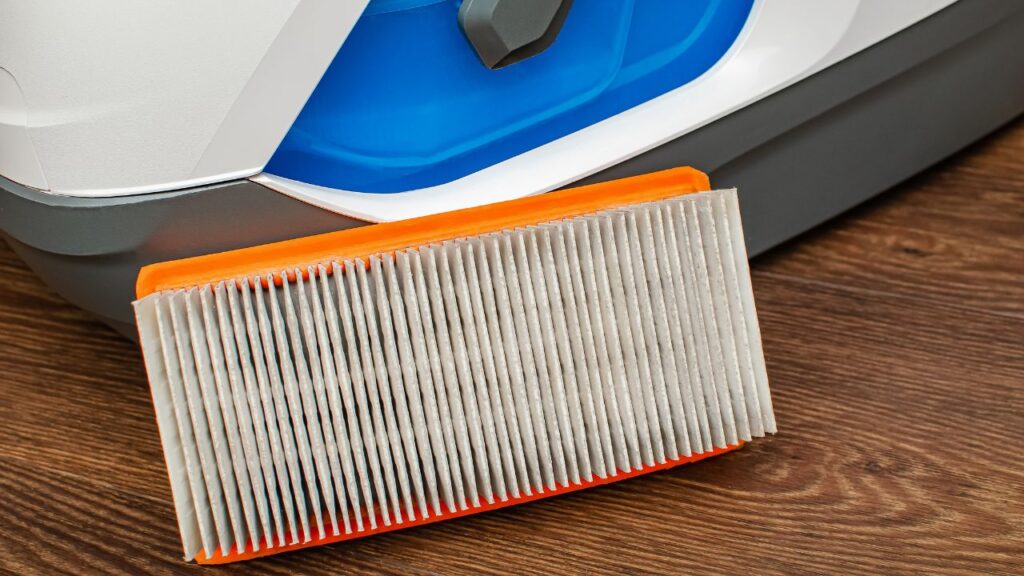
What This Means for Today’s Commercial Spaces
Today’s corporate and institutional environments demand high cleanliness standards—and rightfully so. Whether we’re servicing a bustling gym or a quiet educational center, our equipment must perform efficiently, reliably, and discreetly. The vacuum cleaner has evolved into a multi-functional tool capable of tackling daily messes and deep-cleaning missions alike. Understanding the history of vacuum cleaner technology helps us appreciate the design choices that prioritize health, sustainability, and ease of use across diverse industries.
Why We Trust the Vacuum: Our Perspective at Busy Bee
At Busy Bee, we don’t just look at vacuum cleaners as tools—we see them as partners in our mission to keep New York’s commercial spaces spotless. Our teams use machines that combine high-powered suction with advanced filtration to ensure surfaces are clean and the air is fresh. We rely on equipment we trust, because our clients trust us to deliver results.
We believe in consistency, attention to detail, and professionalism in everything we do. That means no missed spots, no half-jobs, and definitely no damage to delicate materials. Whether we’re wiping down high-touch surfaces, emptying trash, or vacuuming an office floor, we follow proven methods and strict protocols every time.
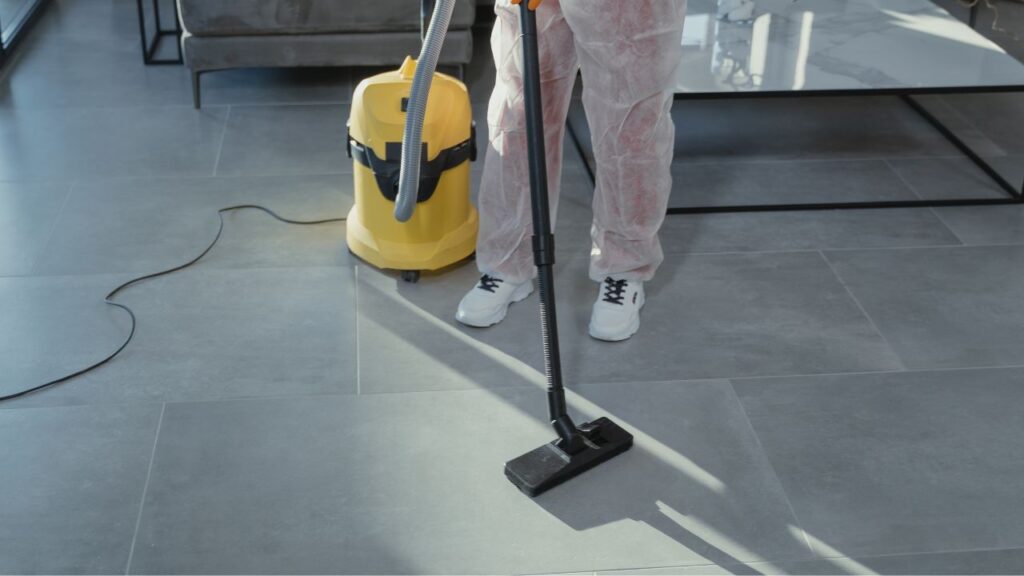
Conclusion
The history of vacuum cleaner development mirrors our industry’s progress: from labor-intensive beginnings to smart, efficient systems tailored for busy environments. These innovations are the backbone of the services we offer across New York City’s corporate ecosystem.
At Busy Bee, we take that history and build on it—offering expert janitorial services with the precision and dedication our clients expect. Our scheduling is fast and flexible, our communication is clear, and our pricing is always fair. Whether you manage a medical office, a nonprofit organization, or a retail space, you can count on us to deliver quality service, powered by the best tools and the right team. That’s how we stay leaders in the game—one vacuum line at a time.
Contact Us
Get a quote
Your satisfaction is our priority, and we’re here to assist. Reach out to Busy Bee effortlessly by contacting us. Whether you have questions, need a custom quote, or want to discuss your cleaning requirements, our friendly team is ready to respond promptly. Connecting with us is the first step towards a cleaner and more comfortable environment for your home or business.
Call us for a quote today!
Contact Us
Get a quote
Your satisfaction is our priority, and we’re here to assist. Reach out to Busy Bee effortlessly by contacting us. Whether you have questions, need a custom quote, or want to discuss your cleaning requirements, our friendly team is ready to respond promptly. Connecting with us is the first step towards a cleaner and more comfortable environment for your home or business.

